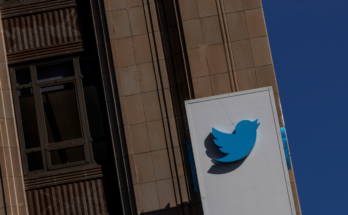
A third of all donations through the popular crowdfunding site GoFundMe are for medical care, which isn’t surprising considering that the U.S. has the highest healthcare costs in the developed world. However, crowdfunding has its limits, as only a few campaigns reach or surpass their goal. You’ll want to exhaust all other options to help you cover medical bills, if you haven’t already.
The limits of crowdfunding
We often see the most successful crowdfunding campaigns online when they go viral, but that doesn’t mean that it’s a reliable way to cover your medical bills. One study revealed that only 10% of campaigns reached their financial goal, netting just 40 percent of their goal on average. About 10% of campaigns in the study raised less than $100.
Plus, the platform rewards campaigns unequally, as the most successful campaigns tend to reward users for their social media clout and video production skills, at the expense of other groups of people, like the elderly or those in extreme poverty without access to the internet. In general, crowdfunding rewards compelling stories presented as solvable problems, which is not always the case when it comes to healthcare needs.
G/O Media may get a commission
Another problem is that crowdfunding is unregulated, with no oversight from medical professionals. That can create situations in which campaigns are successful, but they’re for fringe medical treatments that aren’t going to be a cure or effective treatment, like homeopathic remedies.
Of course, the system is what it is. Crowdfunding can be a useful tool when you’re faced with the exorbitant costs of healthcare. However, you should know all of your options, first, too.
Other ways to cover medical costs
If you haven’t already, consider federal and state programs that offer subsidies or medical coverage, like Medicaid, the Medicare Savings Programs, Supplemental Security Income (SSI) Benefits, Extra Help (which covers drug costs), and the Children’s Health Insurance Program (CHIP). Some healthcare providers like hospitals have programs which offer financial assistance as well, but sometimes you will have to apply for Medicaid first.
Another good option is a simple bronze healthcare insurance plan through Obamacare, as the monthly premiums will be subsidized if you’re below 400% of the poverty line. The deductible is high (roughly $6,500 for a single person), but the plan will cover you for unexpected, high-cost medical emergencies.
Other options include:
- Checking here for state or local social services agencies that might offer subsidies or free services in your area. Also, look for neighborhood community clinics that might offer similar services here.
- The HealthWell Foundation provides financial assistance to help with medical expenses like copays for prescription drugs, health insurance premiums, deductibles, and coinsurance. You can check the current open funds online.
- The PAN Foundation offers financial assistance to underinsured people with life-threatening, chronic, and rare diseases. You can search for disease-specific programs that are available here.
- The National Association of Charitable Clinics is a network of 1,200 clinics across the US that provides subsidized services for those in need, including dental, medical, pharmacy, vision, and other health services.
- Family Reach helps families that are fighting cancer by helping pay for everyday living expenses. They also provide financial planning services to help people avoid bankruptcy as a result of cancer treatment.
- Some pharmaceutical companies have patient assistance programs (PAPs) that may offer free or low-cost medications. Use this search tool to find PAPs by the drug’s name.
- United Way’s 2-1-1 program offers free, confidential advice that connects people to essential health and human services.
You’ll also want to consider supplemental health, accident, disability, or life insurance as a way of preventing unexpected costs from overwhelming your budget later.



